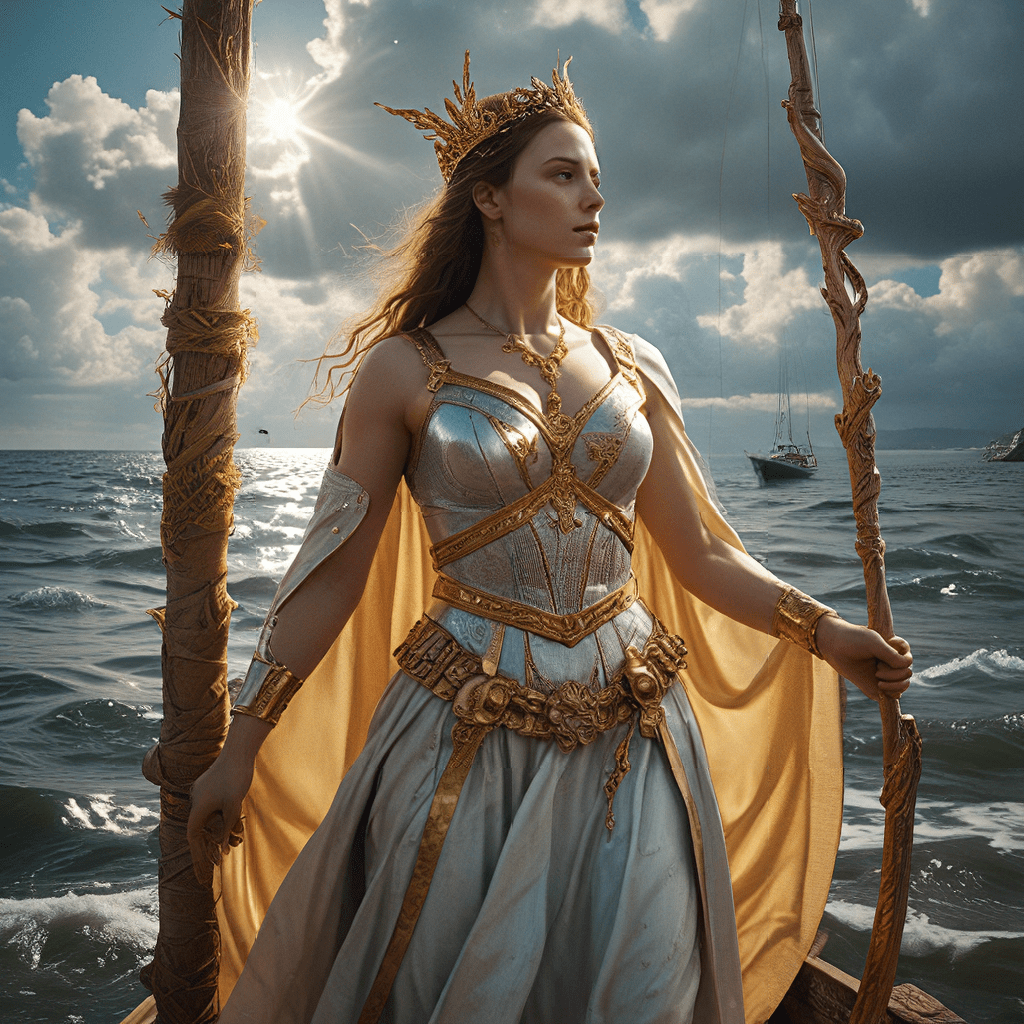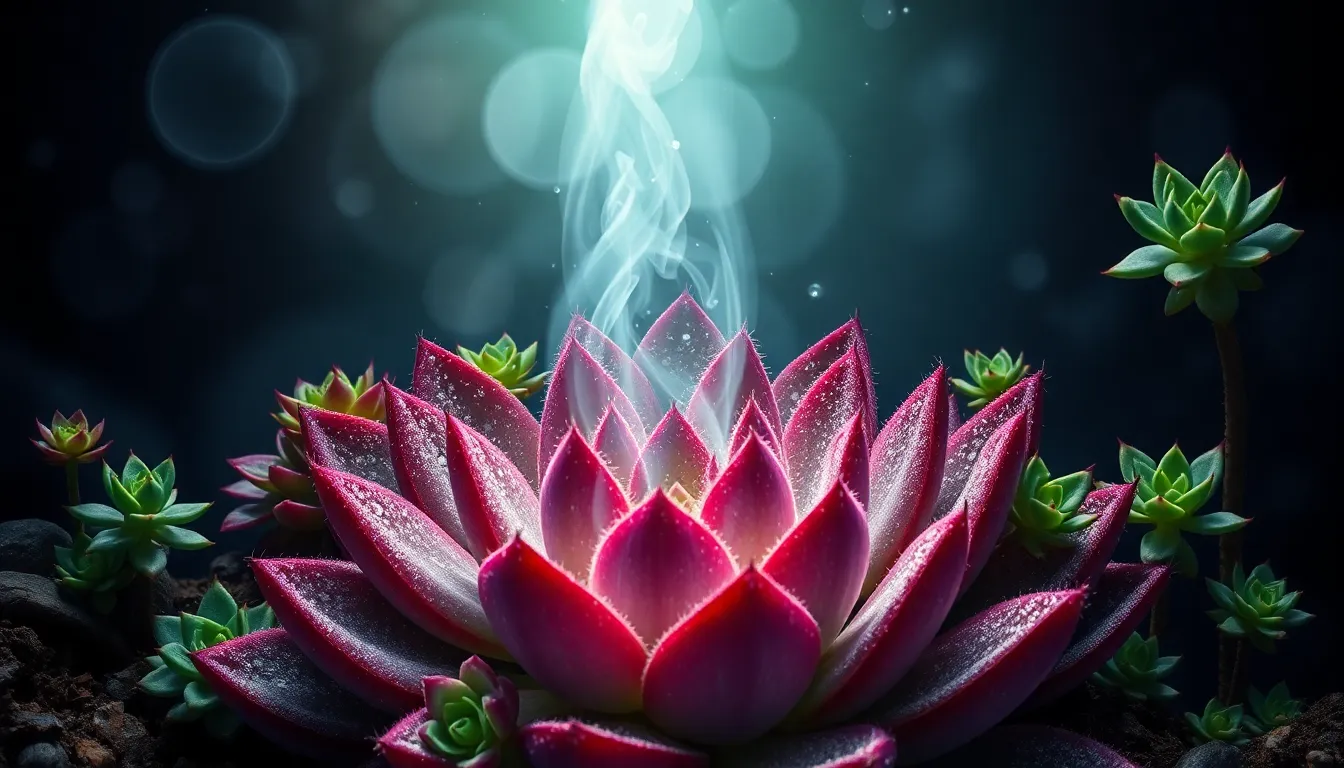The Baltic Pantheon: A Tapestry of Divine Beings
The Baltic Pantheon, a rich tapestry of gods and goddesses, offers a glimpse into the spiritual world of the ancient Balts, a group of Indo-European people who inhabited the lands surrounding the Baltic Sea. Their mythology, passed down through generations in oral traditions and folk tales, reveals a fascinating blend of beliefs and rituals. The Baltic gods and goddesses were not worshipped as abstract deities but rather as powerful forces of nature, shaping the lives and destinies of humans. Their stories, interwoven with elements of myth, legend, and folklore, paint a vivid picture of the ancient Baltic worldview and their deep connection to the natural world.
The Origins of Baltic Mythology: Ancient Roots and Influences
Baltic mythology, a vibrant tapestry of stories and beliefs, has its roots in pre-Christian times, flourishing among the ancient Balts who inhabited the lands around the Baltic Sea. Its origins, shrouded in the mists of time, remain a matter of scholarly debate. However, evidence suggests that Baltic mythology, like many other Indo-European mythologies, evolved over centuries, absorbing influences from neighboring cultures.
The Balts, closely linked to other Indo-European groups, shared common ancestral roots, which manifested in shared themes and characters across their mythologies. These shared mythological elements provide clues about their common origins and the migrations that shaped their history. The ancient Balts, deeply connected to nature, infused their mythology with reverence for the elements and the forces that shaped their world.
Perkūnas: The Thunderer and Lord of the Sky
Perkūnas, the thunder god, reigns supreme in the Baltic pantheon, symbolizing power, strength, and the tumultuous forces of nature. His thunderous roars, echoing across the sky, were believed to be his voice, shaping the weather and wielding authority over storms and lightning. He was a fierce protector, guarding the Balts against malevolent forces and ensuring the fertility of crops.
Perkūnas, a formidable deity, was often depicted as a warrior, clad in shining armor, wielding a mighty hammer or thunderbolt. He was also associated with the oak tree, considered sacred and symbolic of his power. The oak, with its strength and resilience, mirrored Perkūnas's dominion over the natural world. His name, derived from the word "perkūną," meaning "thunder," further emphasized his role as the embodiment of thunder and lightning.
Dievas: The Supreme Deity and the Creator
Dievas, a deity often referred to as the "God" or the "Sky God," occupies a prominent position in the Baltic pantheon. He is the ultimate creator, responsible for the genesis of the world and all its inhabitants. He represents order, justice, and the overarching authority that governs the universe.
Unlike many other pantheons, Dievas is not a vengeful or demanding deity. He is a benevolent force that protects the Balts and ensures the balance of nature. Though he is the supreme deity, Dievas is not directly involved in the daily lives of humans, leaving that to lesser gods and goddesses. He is a distant figure, representing the ultimate source of creation and power, a symbol of the divine order that governs the world.
Laima: The Goddess of Fate and Destiny
Laima, a revered figure in Baltic mythology, is the goddess of fate, destiny, and life. She is a complex and multifaceted deity, embodying both the power of creation and the inevitability of fate. She is a weaver, weaving the threads of life, shaping the destinies of individuals and determining the course of events.
Laima's influence extends from the moment of birth, determining the lifespan and potential of each individual. She is a benevolent force, guiding and protecting the Balts throughout their lives. However, her power is absolute, and her decisions cannot be challenged. She is a symbol of the inherent uncertainty of life, a reminder that destiny is both a mystery and a force that shapes our existence.
Jūratė: The Baltic Sea Goddess and Her Tragic Tale
Jūratė, the goddess of the Baltic Sea, is a figure shrouded in both beauty and tragedy. Her story, passed down through generations in folk tales and songs, captures the essence of the sea's power and mystery. Jūratė, a captivating and wise deity, ruled the depths of the Baltic, safeguarding its treasures and ensuring its balance. She resided in a magnificent palace beneath the waves, adorned with amber and coral, a testament to the sea's wealth and her dominion.
However, Jūratė's life took a tragic turn when she fell in love with Kastytis, a mortal fisherman. Their forbidden romance, defying the boundaries between gods and humans, brought both joy and sorrow. Their love, though passionate, was fated to end in heartbreak. The sea god, angered by their transgression, punished Jūratė by taking away her love and condemning her to live in a dark cave at the bottom of the sea. This tale, a poignant reminder of the consequences of defying the divine order, serves as a cautionary story, emphasizing the respect that humans owed to the natural world and its powerful deities.
The Role of Nature in Baltic Mythology: Forests, Rivers, and Mountains
Baltic mythology, deeply connected to the natural world, saw gods and goddesses embodying the forces of nature. Forests, rivers, and mountains, essential to the lives of the ancient Balts, were infused with spiritual significance. The forests, providing shelter and resources, were seen as the domain of the god of the woods, a protector and provider. Rivers, vital sources of life and transportation, were associated with goddesses of water, representing the flow of life and fertility. Mountains, towering above the landscape, were revered as sacred places, representing both power and spirituality.
The Balts believed that spirits, both benevolent and malevolent, inhabited these natural realms. They paid homage to these spirits through rituals and offerings, seeking their favor and protection. For example, offerings of honey and bread were left at crossroads, believed to be sacred places frequented by spirits. Such rituals, interwoven with daily life, reflected the Balts' deep reverence for the natural world and its divine forces.
The Afterlife in Baltic Belief: A Journey to the Otherworld
The ancient Balts, like many ancient cultures, believed in an afterlife, a realm beyond the mortal world, where spirits continued their existence. This belief system, passed down through generations in oral traditions and folk tales, provided a framework for understanding death and the continuation of life beyond the physical realm.
The Balts envisioned the afterlife as a journey to the Otherworld, a place of both beauty and danger. To reach this realm, the soul had to navigate various challenges, guided by spirits or deities. The nature of the Otherworld, however, was not uniform. It was a place where individuals might be rewarded for their good deeds or punished for their transgressions. It was a realm of shadows and spirits, a place where ancestors resided and continued to influence the lives of the living.
The Influence of Baltic Mythology on Folk Traditions and Festivals
Baltic mythology, a rich tapestry of stories and beliefs, exerted a profound influence on the folk traditions and festivals of the ancient Balts. Their mythology, interwoven with daily life, shaped their customs, rituals, and celebrations. Festivals, marking significant points in the agricultural cycle, were deeply rooted in their mythology. For example, the spring equinox, marking the return of warmth and fertility, was celebrated with bonfires and rituals dedicated to the deities of nature, seeking their favor for a bountiful harvest.
The Balts also held festivals dedicated to specific deities, like Perkūnas, the thunder god, whose power was invoked during storms to protect crops and livestock. These festivals, infused with mythical themes and symbolism, served as a means to connect with their deities, seek their blessings, and ensure the well-being of the community.
Theories on the Decline of Baltic Mythology: Cultural Assimilation and Christianity
The decline of Baltic mythology, once a vibrant force in their cultural life, was a gradual process, influenced by a combination of factors. The arrival of Christianity, a new religion with its own set of beliefs and practices, gradually supplanted the ancient Baltic faith. The conversion of Baltic tribes to Christianity was not immediate but a gradual process of assimilation, lasting for several centuries.
The Christian worldview, emphasizing monotheism and the importance of the Bible, challenged the polytheistic nature of Baltic mythology. The new religion also introduced new rituals and practices, gradually replacing the ancient traditions rooted in their mythology. While Christianity did not erase Baltic mythology completely, it marginalized it, relegating it to the realm of folklore and legends.
FAQ
What is the Baltic Pantheon?
The Baltic Pantheon is the collection of gods and goddesses worshipped by the ancient Balts, a group of Indo-European people who inhabited the lands surrounding the Baltic Sea.
What are some of the important deities in Baltic mythology?
Some of the important deities in Baltic mythology include Perkūnas (the god of thunder), Dievas (the supreme deity), Laima (the goddess of fate), and Jūratė (the goddess of the Baltic Sea).
What is the significance of nature in Baltic mythology?
Nature played a central role in Baltic mythology. The Balts believed that gods and goddesses embodied the forces of nature, and they revered forests, rivers, and mountains as sacred places inhabited by spirits.
What is the Baltic belief about the afterlife?
The Balts believed in an afterlife, a journey to the Otherworld, a realm beyond the mortal world where spirits continued their existence.
Why did Baltic mythology decline?
The decline of Baltic mythology was a gradual process influenced by the arrival of Christianity and the assimilation of Baltic tribes into Christian culture.



